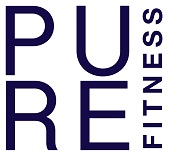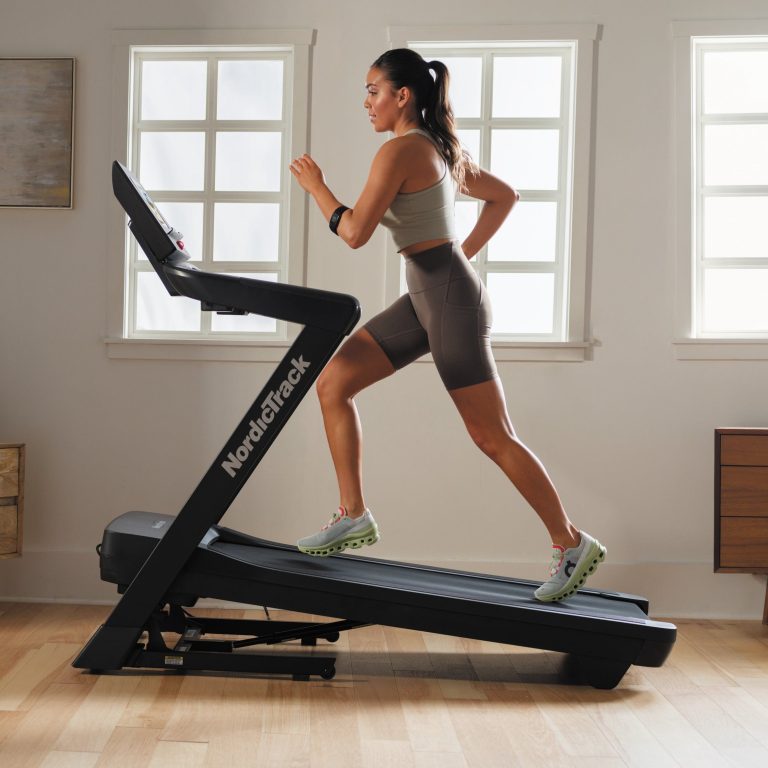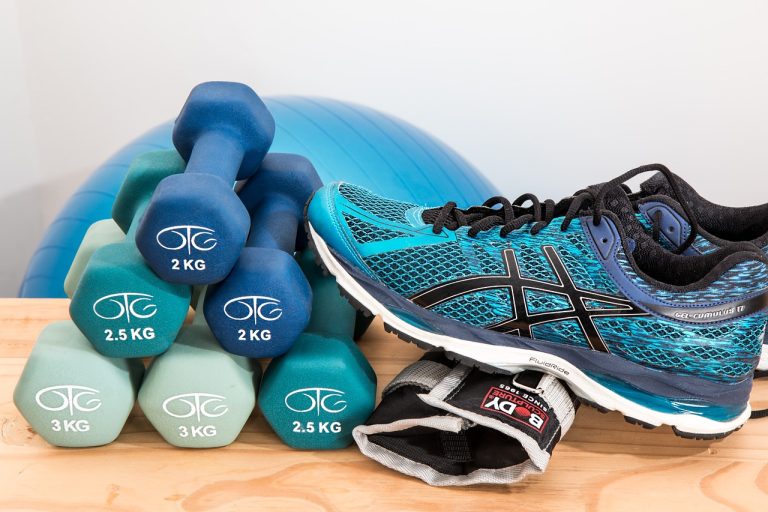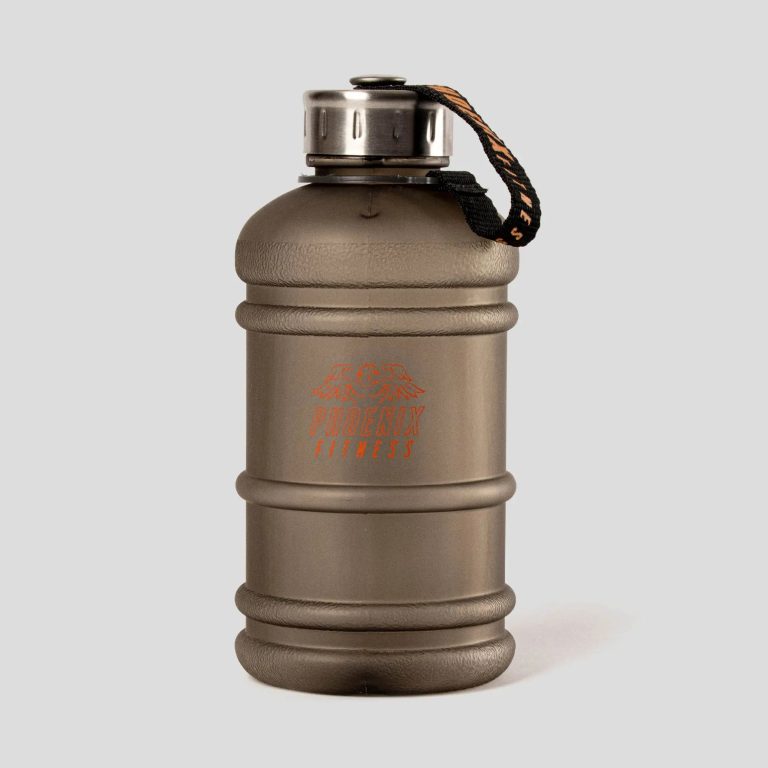Are you worried about getting injured while weight training? It’s a valid concern, but don’t fret! In this article, we will explore some helpful tips and techniques to keep you safe and injury-free during your weightlifting sessions. From proper warm-ups and cool-downs to using correct form and technique, you’ll learn all the essential ways to prevent injuries and make the most out of your strength training routine. So, let’s dive right in and discover how you can stay injury-free while reaching your fitness goals!
Table of Contents
ToggleWarm-Up Properly Before Weight Training
Before diving into your weight training session, it’s essential to warm up and prepare your body for the physical demands ahead. A proper warm-up helps increase blood flow to your muscles, improves flexibility, and reduces the risk of injuries. Here are a few dynamic stretching exercises and foam rolling techniques to incorporate into your warm-up routine:
Dynamic Stretching
Dynamic stretching involves active movements that stretch your muscles and increase your range of motion. Instead of holding a stretch, you should focus on fluid movements that mimic the exercises you’ll be doing during your workout. For example, before a leg workout, you can perform walking lunges, leg swings, or high knees.
Foam Rolling
Foam rolling, also known as self-myofascial release, helps release muscle tension and improve flexibility. By using a foam roller, you can target specific muscle groups and alleviate any knots or tightness. Spend a few minutes rolling on your calves, thighs, glutes, and back to release tension and promote muscle recovery.
Joint Mobilizations
Joint mobilizations are gentle movements that help improve the range of motion in your joints. Before weight training, take a few minutes to perform exercises that focus on joint mobility. Moves like shoulder circles, wrist rotations, and ankle circles can help warm up your joints and reduce the risk of injury during weight training.
Use Proper Technique and Form
Using proper technique and maintaining good form is crucial to prevent injuries during weight training. Here are some essential tips to keep in mind:
Maintain Good Posture
Maintaining good posture is key to avoid unnecessary strain on your muscles and joints. Keep your spine aligned, shoulders back and down, and engage your core muscles. Whether you’re performing squats, deadlifts, or overhead presses, maintaining proper posture ensures that your muscles are working efficiently and reduces the risk of injury.
Engage Core Muscles
Engaging your core muscles provides stability and support to your spine during weightlifting exercises. A strong core helps protect your lower back and reduces the risk of strains or injuries. Focus on bracing your core by pulling your navel towards your spine throughout your workout.
Controlled Movements
Avoid rushing through your exercises and prioritize controlled movements. By moving at a controlled pace, you can ensure that your muscles are properly engaged and reduce the risk of jerking or swinging motions that can lead to injuries. Maintain control throughout the entire range of motion, both during the concentric (lifting) and eccentric (lowering) phases of each exercise.
Avoid Jerking or Swinging
Jerking or swinging movements not only compromise your form but also increase the risk of injuries. These abrupt and uncontrolled movements can strain your muscles and joints. Focus on smooth and controlled motions, maintaining proper form throughout your exercises.
Use Full Range of Motion
Using the full range of motion during weight training exercises is essential to prevent muscle imbalances and promote overall strength and flexibility. Avoid cutting the range of motion short or using limited partial movements. Instead, aim to perform each exercise through its full range, ensuring proper form and muscle activation.
Gradually Increase Weight and Intensity
Progressing gradually and safely is crucial when it comes to weight training. Gradually increasing the weight and intensity of your workouts allows your muscles and connective tissues to adapt and grow stronger. Here are some tips to help you progress effectively:
Start with Light Weights
If you’re new to weight training or returning after a break, it’s important to start with light weights to build a solid foundation. Focusing on proper form and technique with lighter weights helps prepare your body for heavier loads in the future. Begin by mastering the movements with manageable weights before progressing.
Progressively Increase Weight
As your strength improves, gradually increase the weight you’re lifting. This gradual progression allows your muscles to adapt and grow stronger over time. It’s important to challenge yourself, but always prioritize proper form and technique. Strive for small increments in weight, aiming for progressive overload without sacrificing your form.
Implement Progressive Overload
Progressive overload is the principle of consistently challenging your body with increased demands over time. It can involve increasing weight, repetitions, or sets. By progressively increasing the workload, you encourage continuous muscle growth and strength gains. Monitor your progress and make incremental adjustments to your training program to ensure a gradual and safe progression.
Avoid Rapid Transitions
Avoid rapid transitions between weights or exercises to give your body time to adjust and adapt. Rushing through weight increases or trying to lift beyond your capabilities can lead to injuries. Allow yourself time to acclimate to the new demands and focus on maintaining proper form. Quality of movement should always take precedence over the quantity of weight lifted.
Have a Spotter or Trainer
Having a spotter or trainer present during your weight training sessions is an effective measure to prevent injuries. They can provide guidance, assistance, and ensure your safety throughout your workouts. Here’s what you need to consider:
Ensure Proper Spotting Technique
If you’re performing heavy lifts or exercises with the potential for failure, having a spotter is essential. A spotter should be aware of the correct spotting technique for each exercise and be capable of providing assistance when needed. Familiarize yourself and your spotter with the specific spotting techniques for movements such as bench presses, squats, or overhead lifts.
Clear Communication
Establish clear communication with your spotter or trainer. Before each set, discuss your expectations and let them know how much assistance you require. Likewise, inform them about any particular concerns or limitations you may have. Clear communication minimizes the risk of misunderstandings and ensures that you receive the support you need.
Provide Assistance and Guidance
If you’re acting as the spotter for someone else, it’s crucial to provide the necessary assistance and guidance. Be attentive, ready to step in if necessary, and offer feedback on form and technique. Your role as a spotter is to ensure a safe and productive workout session for the person you’re assisting.
Use Appropriate Equipment and Gear
Using the right equipment and gear is crucial for promoting safety and optimal performance during weight training. Here are a few essentials to consider:
Wear Proper Weightlifting Shoes
Investing in a good pair of weightlifting shoes can provide stability, support, and better traction during your training sessions. Weightlifting shoes typically have a raised heel that helps maintain proper squat depth and reduces the risk of ankle injuries. They also offer a firm and secure base for your feet, enhancing overall stability.
Use Weightlifting Belt
A weightlifting belt can provide additional support to your lower back and core during heavy lifting exercises. By increasing intra-abdominal pressure, a weightlifting belt helps stabilize your spine and reduce the risk of injuries. However, it’s important to use a weightlifting belt correctly and not rely solely on it. Proper core engagement and technique should always be your primary focus.
Gloves or Chalk for Grip
Enhancing grip strength is important when it comes to weight training. While some people prefer wearing gloves to improve grip and reduce friction, others opt for using chalk to absorb sweat and improve traction. Experiment with both options to see which one works best for you and aids in preventing slips or drops.
Use Safety Clips on Barbells
Safety clips, also known as collar clips, are essential for securing weights on barbells. They prevent the weights from sliding or shifting during your exercises, reducing the risk of accidents or injuries due to plates falling off. Always make sure to secure the clips tightly before beginning your lifts.
Check Equipment Condition
Regularly inspect and maintain your weight training equipment to ensure it’s in proper working condition. Check for any signs of wear and tear, loose bolts, or frayed cables. If you notice any issues, have them addressed or replace the equipment as necessary. Proper maintenance helps prevent accidents and equipment-related injuries.
Listen to Your Body
Listening to your body and being aware of its signals is crucial for injury prevention. Here’s what you should keep in mind:
Pay Attention to Pain or Discomfort
During weight training, pay close attention to any pain or discomfort you may feel. It’s important to distinguish between the normal muscular fatigue and discomfort associated with intense workouts and potential signs of injury. If you experience sharp or persistent pain, it’s best to stop the exercise, assess the situation, and seek appropriate advice or treatment if needed.
Know Your Limits
While pushing yourself to improve is essential, knowing your limits is equally important. Understand your current fitness level and respect your body’s capabilities. Gradually progress without overreaching, allowing proper adaptations and preventing overuse injuries. Pushing too hard or attempting weights beyond your current abilities significantly increases the risk of injuries.
Rest and Recover
Rest and recovery are vital components of any training program. Your body needs time to repair and rebuild after intense weightlifting sessions. Allow yourself sufficient rest between workouts and incorporate rest days into your training schedule. Adequate recovery allows your muscles and connective tissues to adapt and grow stronger, ultimately reducing the risk of injuries.
Avoid Overtraining
Overtraining can lead to physical and mental exhaustion, weakening your immune system, and increasing the risk of injuries. Be mindful of your training volume and intensity, ensuring you have adequate time for recovery. Incorporate periodic deload weeks where you reduce your training volume and intensity to allow for a more substantial recovery period.
Stay Hydrated and Nourished
Proper hydration and balanced nutrition play a significant role in injury prevention and overall performance. Here’s how to ensure you’re adequately fueled:
Drink Sufficient Water
Staying well hydrated is crucial during weight training to maintain optimal performance and prevent dehydration. Aim to drink water before, during, and after your workouts to replenish fluids lost through sweat. Listen to your body’s hydration cues and drink enough to satisfy your thirst and maintain proper hydration levels.
Eat Balanced Meals
Fuel your body with balanced meals that provide an adequate amount of protein, carbohydrates, and healthy fats. Protein is essential for muscle repair and growth, while carbohydrates provide the energy needed for intense workouts. Healthy fats support overall health and help regulate hormone production. Prioritize whole foods and opt for nutrient-dense choices to support your fitness goals and minimize the risk of deficiencies.
Consume Adequate Protein
Protein is the building block of muscle tissue and plays a vital role in muscle repair and recovery. Ensure you’re consuming enough protein from sources such as lean meats, poultry, fish, dairy products, legumes, and plant-based protein sources. Aim for approximately 0.8-1 gram of protein per pound of body weight per day to support muscle health and injury prevention.
Progress Gradually and Avoid Plateaus
To prevent injuries and maximize your progress, it’s important to implement effective training strategies that promote continuous growth. Here are some tips to help you progress efficiently:
Follow a Structured Training Program
Following a structured training program tailored to your goals and abilities helps ensure consistent progress and minimizes the risk of injuries. Consider working with a certified trainer or coach to design a personalized program that targets your specific needs and allows for progressive overload over time. A well-designed program includes appropriate exercises, sets, repetitions, and recovery periods.
Set Realistic Goals
Maintain realistic expectations and set achievable goals for your weight training journey. Setting goals that are attainable within a reasonable timeframe prevents a rushed approach and discouragement. Break down your long-term goals into smaller milestones that can be celebrated along the way.
Vary Your Workouts
Varying your workouts not only keeps things interesting but also helps prevent overuse injuries and plateaus. Incorporate different exercises, training modalities, and training techniques to challenge your body in new ways. This variety keeps your muscles and mind engaged while avoiding excessive strain on specific muscle groups.
Implement Deload Weeks
Deload weeks, or active recovery periods, are essential for preventing overuse injuries and allowing your body to recover fully. Reduce the volume and intensity of your workouts during deload weeks to give your muscles, joints, and central nervous system a chance to recuperate. Use this time to focus on lighter exercises, mobility work, or active rest such as walking or yoga.
Avoid Excessive Training Volume
While it’s important to challenge yourself during weight training, excessive training volume can increase the risk of injuries and hinder progress. Avoid overloading your body with excessive sets, repetitions, or training sessions without adequate recovery. Monitoring your training volume and ensuring a proper balance between work and rest is crucial for continuous progress and injury prevention.
Rest and Recover Properly
Proper rest and recovery are essential components of any fitness routine. Here’s how to ensure you recover effectively:
Include Rest Days
Integrate rest days into your training schedule to allow your body to recover and adapt to the physical stress of weight training. Rest days help prevent overuse injuries and allow for proper muscle repair and growth. Use rest days for light stretching, mobility work, or engaging in other low-impact activities to promote blood flow and aid in recovery.
Get Sufficient Sleep
Adequate sleep plays a crucial role in recovery and overall health. During sleep, your body repairs damaged tissues, regulates hormones, and restores energy levels. Aim for 7-9 hours of quality sleep each night to support your weight training efforts and help prevent injuries.
Incorporate Active Recovery
Active recovery refers to engaging in low-intensity activities that promote blood flow and help flush out metabolic waste products from your muscles. Light aerobic exercises, yoga, or foam rolling can be beneficial for improving flexibility, reducing muscle soreness, and aiding in recovery. Incorporate active recovery days into your training routine to enhance your body’s ability to recover effectively.
Avoid Training Through Pain
While some soreness or discomfort is common after intense weight training, it’s important to differentiate between normal muscle fatigue and injury-related pain. If you experience persistent or sharp pain during your workouts, it’s crucial to stop the exercise and assess the situation. Continuing to train through pain can worsen the injury and delay the recovery process. Seek appropriate medical attention or advice if needed.
Seek Professional Advice if Needed
If you’re new to weight training, unsure about proper form, or have specific concerns or limitations, seeking professional advice can be extremely helpful. Here’s what you can do:
Consult with a Certified Trainer
Working with a certified personal trainer or strength and conditioning coach can provide you with expert guidance and instruction. A trainer can help assess your fitness level, design a personalized program, and teach you proper form and technique. They can also monitor your progress, make appropriate adjustments to your training, and address any concerns you may have.
Get a Sanctioned Lifting Program
If you’re looking to take your weight training to the next level, consider participating in a sanctioned lifting program such as powerlifting or Olympic weightlifting. These programs are designed by experienced coaches and incorporate structured training cycles, progressive overload principles, and targeted exercises. Participating in a sanctioned program ensures that you receive proper guidance and coaching from experts in the field.
Ask for Proper Form Demonstration
If you’re unsure about the correct form or technique for a particular exercise, don’t hesitate to ask for a demonstration. Whether you’re at a gym, attending a class, or working with a trainer, it’s important to have a clear understanding of how to perform each exercise correctly. Proper form ensures safety and promotes optimal muscle engagement.
Get a Movement Assessment
If you have specific concerns regarding your mobility, flexibility, or movement patterns, consider getting a movement assessment from a qualified professional such as a physical therapist or functional movement specialist. They can identify any imbalances or limitations that may increase your risk of injuries and provide you with specific exercises or corrective strategies to address those issues.
In conclusion, preventing injuries during weight training requires a holistic approach that combines proper warm-up, technique, progression, equipment, recovery, and professional guidance. By incorporating these strategies into your weight training routine, you can reduce the risk of injuries, maximize your progress, and enjoy a safe and fulfilling fitness journey. Always prioritize safety, listen to your body, and consult with professionals when needed to ensure a successful and injury-free weight training experience.









